Find Help
More Items From Ergsy search
-
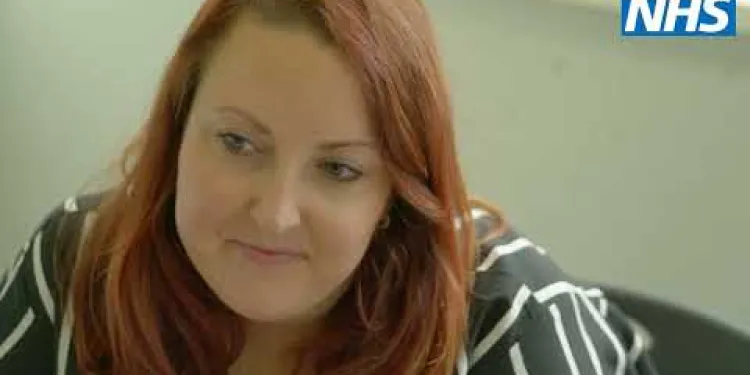
Sickle cell patients share their experiences with the last NHS Chief Executive Amanda Pritchard
Relevance: 100%
-
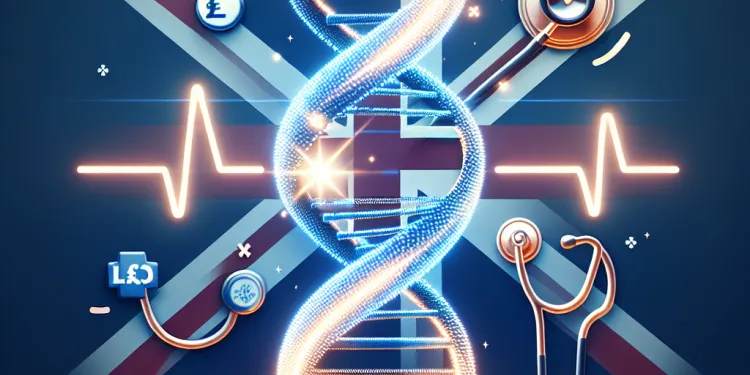
How is sickle cell disease treated?
Relevance: 59%
-
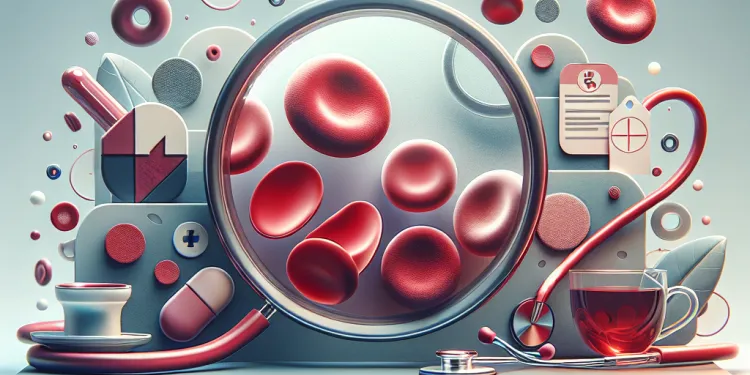
What is sickle cell disease?
Relevance: 59%
-

What are the symptoms of sickle cell disease?
Relevance: 59%
-

Sickle cell anaemia | NHS
Relevance: 58%
-
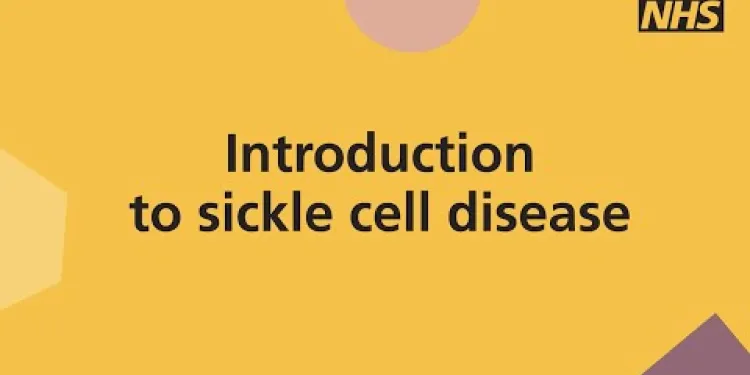
Introduction to Sickle cell disease
Relevance: 58%
-

What are the complications of sickle cell disease?
Relevance: 57%
-

How is sickle cell disease inherited?
Relevance: 56%
-
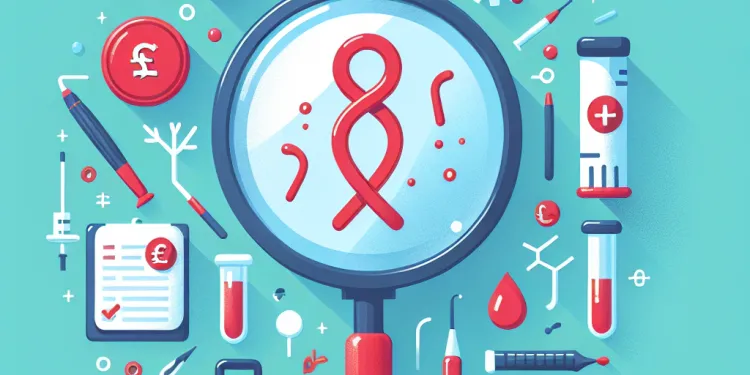
How is sickle cell disease diagnosed?
Relevance: 54%
-
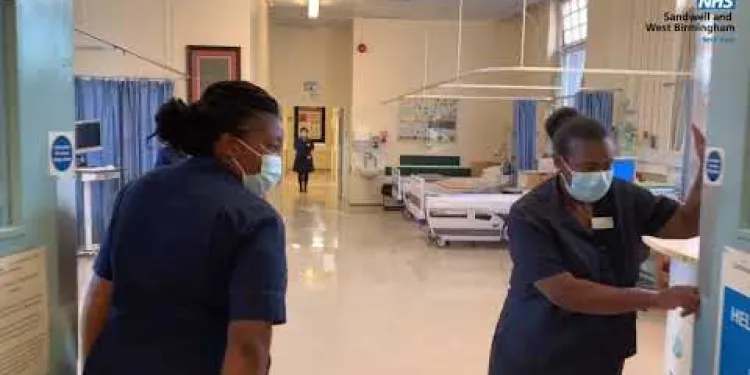
Tour of the Sickle Cell and Thalassaemia Unit at City Hospital | SCaT
Relevance: 53%
-

How does ADHD affect executive function?
Relevance: 29%
-
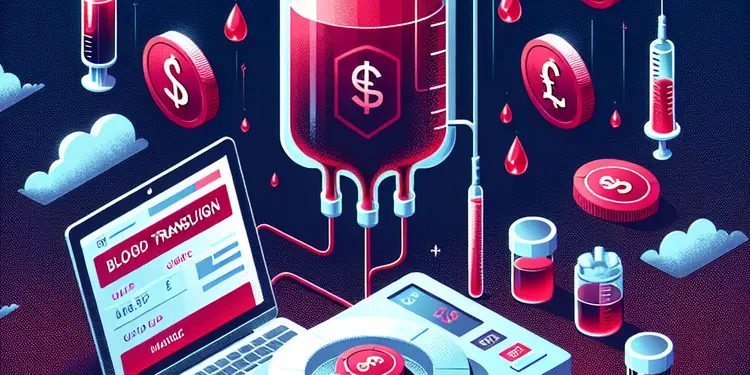
Why might someone need a blood transfusion?
Relevance: 27%
-

Liver transplant - Patient experience - Part 1 (Colin)
Relevance: 27%
-

Mark Lancaster Patient Experience Leeds Endoscopy
Relevance: 26%
-

Liver transplant - Patient experience - Part 2 (Lynne)
Relevance: 26%
-

Will I be in a shared or single cell?
Relevance: 25%
-
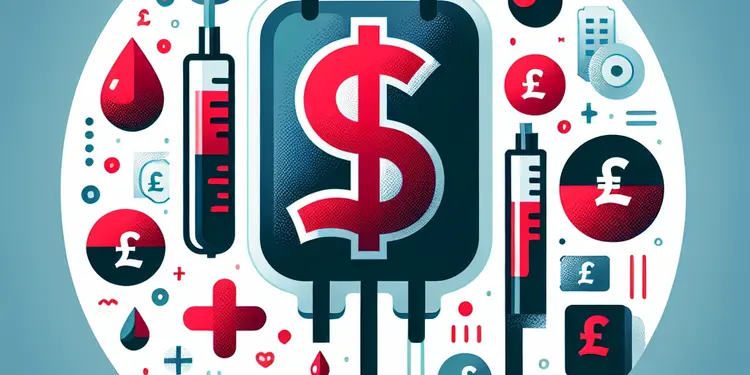
What are some common reasons blood transfusions are needed?
Relevance: 25%
-

When do I find out about my cell assignment?
Relevance: 22%
-

Neuroendocrine tumour patient video
Relevance: 22%
-
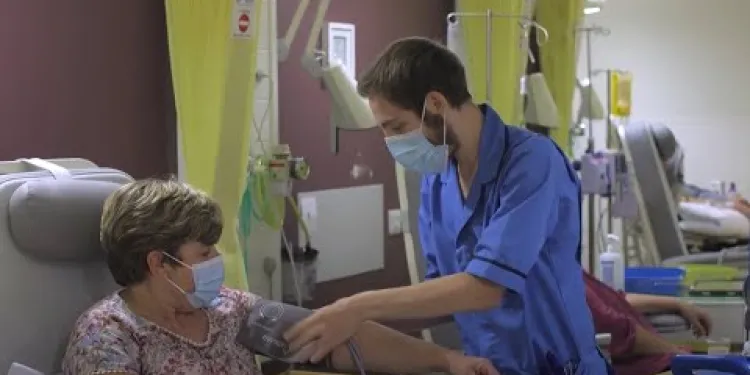
Chemotherapy - the patient journey
Relevance: 20%
-

Gaining consent from stroke patients
Relevance: 20%
-

Breakthrough Cancer Treatment Shows Promise for NHS Patients
Relevance: 19%
-

Stroke - Speech and Language Therapist's Experience
Relevance: 19%
-
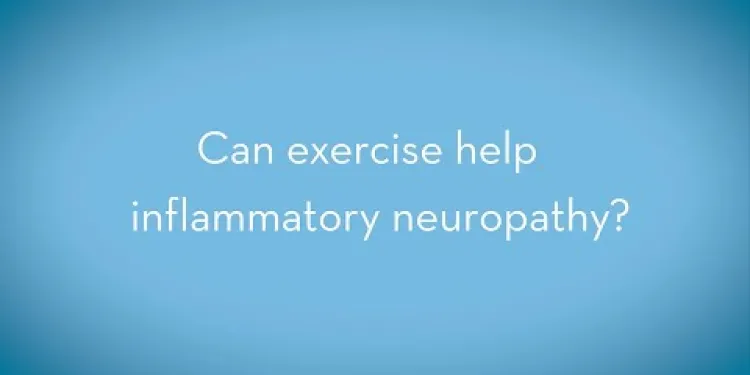
Exercise in patients with a neuropathy
Relevance: 19%
-

Breakthrough in Cancer Treatment Offers Hope for Prostate Cancer Patients
Relevance: 18%
-
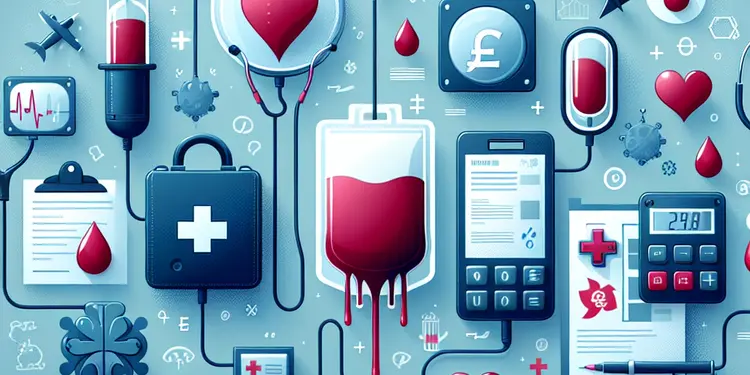
Can certain medical conditions prevent receiving blood transfusions?
Relevance: 18%
-

Positioning for Breathless Patient
Relevance: 18%
-
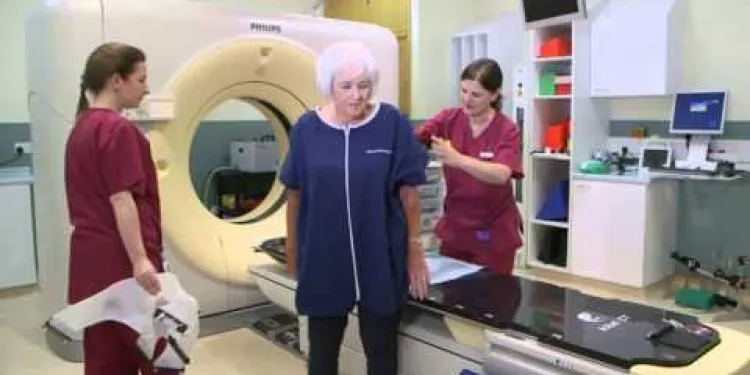
Radiotherapy to the Head and Neck: A Guide for patients and their carers
Relevance: 17%
-

How important is work experience for entering a nursing program?
Relevance: 17%
-

Anaemia One stop shop
Relevance: 16%
-

Can fathers experience postnatal depression?
Relevance: 16%
-

Is prior experience required to work at the National Trust?
Relevance: 16%
-

Assessing the stroke patient
Relevance: 16%
-
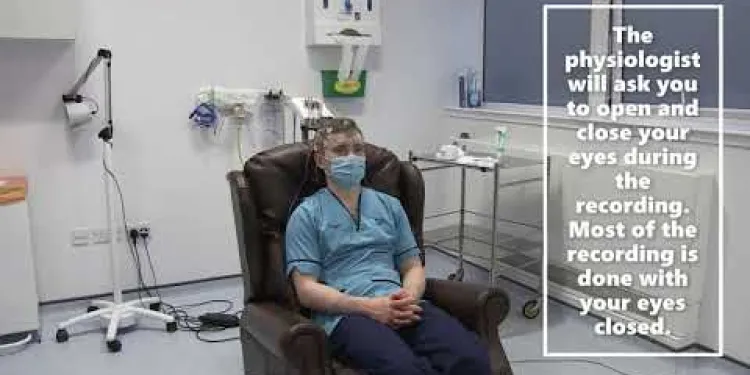
Neurophysiology EEG Patient Information
Relevance: 16%
-
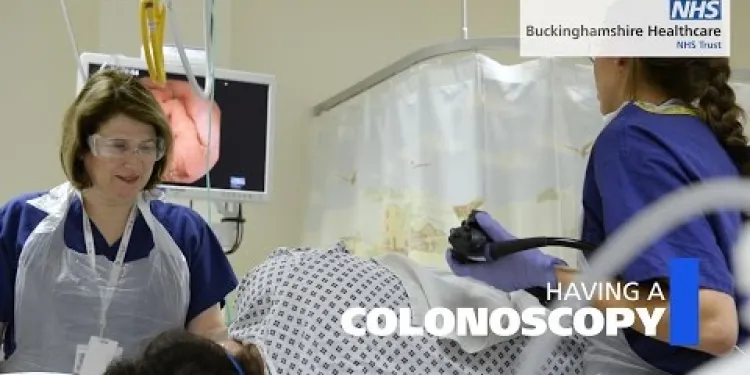
Having a colonoscopy in hospital - Patient Guide
Relevance: 16%
-

What is self-testing for eye patients?
Relevance: 16%
-
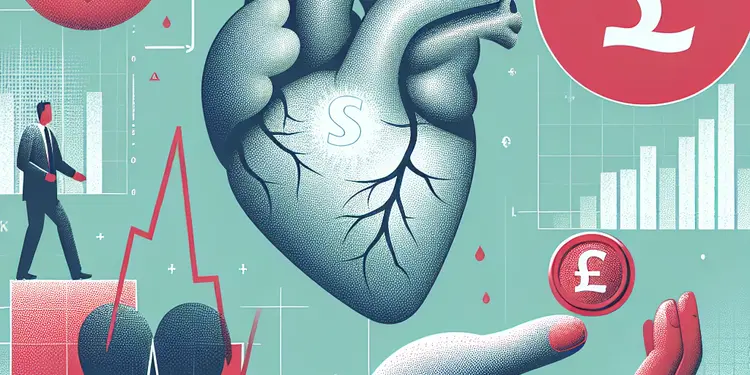
What should I do if I experience symptoms of heart failure?
Relevance: 16%
-
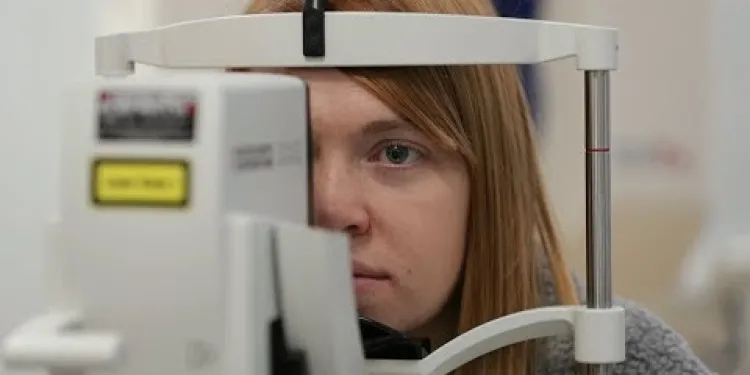
Patient voices in type one diabetes - I would have done things differently.
Relevance: 15%
-
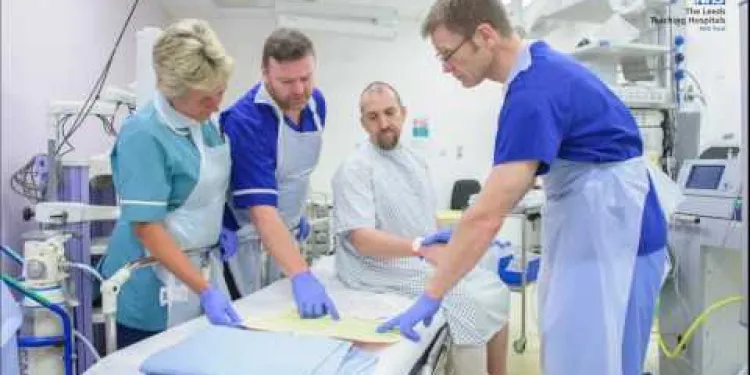
Endoscopy Introduction - The Patient Journey
Relevance: 15%
-

Can Baxdrostat be used in patients with renal impairment?
Relevance: 15%
Sickle Cell Patients Share Their Experiences with NHS Chief Executive Amanda Pritchard
Introduction
Recently, patients suffering from sickle cell disease (SCD) had the opportunity to share their experiences and challenges with NHS Chief Executive Amanda Pritchard. This meeting is part of an ongoing effort by the NHS to better understand the needs and improve the care of individuals living with this chronic condition.
The Significance of Patient Voices
In healthcare, the insights gained from patients are invaluable. For those with SCD, a genetic blood disorder that primarily affects individuals of African and Caribbean descent, expressing their struggles and needs directly to NHS leadership is a major step towards more personalized and effective healthcare solutions.
Challenges Highlighted by Patients
During the meeting, patients described a range of issues they commonly face, including frequent pain crises, delays in receiving appropriate medicines, and the need for better emergency care protocols. Additionally, they emphasized the emotional toll of dealing with a lifelong condition and underscored the importance of support networks and mental health services.
Commitment from the NHS
Amanda Pritchard acknowledged the difficulties faced by SCD patients and reaffirmed the NHS's commitment to improving care. She emphasized the importance of these patient interactions in shaping future policies and thanked the participants for their candor. Pritchard also highlighted ongoing initiatives aimed at reducing health inequalities and improving treatment outcomes for SCD patients.
Looking Forward
The insights gathered from this interaction will inform future NHS strategies and interventions designed to enhance the quality of life for SCD patients across the United Kingdom. This meeting marks a continued effort to place patient needs at the forefront of healthcare planning and implementation.
Conclusion
The dialogue between SCD patients and NHS Chief Executive Amanda Pritchard signifies a vital step in addressing the healthcare challenges faced by the SCD community in the UK. Through sustained collaboration and patient engagement, the NHS aims to foster a more responsive and equitable healthcare system for all.
Sickle Cell Patients Talk with NHS Leader Amanda Pritchard
Introduction
Not long ago, people with sickle cell disease (SCD) talked to Amanda Pritchard. She is the leader of the NHS. They shared their stories and problems. The NHS wants to learn more about their needs and make their care better.
Why Listening to Patients Matters
In healthcare, patients' voices are very important. Sickle cell disease is a blood problem that mostly affects people from Africa and the Caribbean. Talking directly to NHS leaders helps make healthcare better for them.
Problems Patients Face
At the meeting, patients talked about many problems, like having a lot of pain, waiting too long for medicines, and needing better emergency care. They also spoke about feeling upset because of their lifelong illness. They need support and help with their feelings too.
What the NHS Promises to Do
Amanda Pritchard listened and understood the problems of SCD patients. She promised to make care better. She said these talks help change NHS plans for the future. She thanked everyone for being honest. Amanda also talked about plans to make healthcare fairer and treatments better for SCD patients.
The Future
The NHS will use what they learned from the meeting to make better plans for helping SCD patients all over the UK. This meeting shows that the NHS cares about what patients need.
Conclusion
This talk between SCD patients and NHS leader Amanda Pritchard is important. It helps solve the healthcare problems of people with SCD in the UK. By working together, the NHS wants to make healthcare better and fairer for everyone.
Frequently Asked Questions
What is sickle cell disease?
Sickle cell disease (SCD) is a group of inherited red blood cell disorders. People with SCD have abnormal hemoglobin in their red blood cells, causing them to form a sickle or crescent shape.
What are the symptoms of sickle cell disease?
Common symptoms include episodes of pain (sickle cell crises), anemia, swelling of the hands and feet, frequent infections, and delayed growth in children.
How is sickle cell disease diagnosed?
SCD is usually diagnosed through a blood test that checks for the presence of sickle-shaped cells and abnormal hemoglobin. In the UK, newborns are routinely screened for SCD.
What treatments are available for sickle cell disease?
Treatments include pain management, hydration, blood transfusions, medications like hydroxyurea, and in some cases, bone marrow or stem cell transplants.
How can sickle cell crises be managed?
Management includes pain relief medications, staying hydrated, avoiding extreme temperatures, and sometimes using blood transfusions.
What is the life expectancy for someone with sickle cell disease?
With advancements in medical care, many people with SCD can live into their 50s or older. However, life expectancy can vary based on the severity of the disease and access to medical care.
How does sickle cell disease affect daily life?
SCD can cause chronic pain and fatigue, impacting daily activities, education, and employment. Regular medical appointments and treatments are essential for managing the disease.
Can sickle cell disease be cured?
Currently, the only potential cure for SCD is a bone marrow or stem cell transplant, which carries significant risks and is not suitable for all patients.
How common is sickle cell disease in the United Kingdom?
SCD is the most common genetic blood disorder in the UK, with around 15,000 people affected. It is more prevalent in people of African or Caribbean descent.
What support is available for sickle cell patients in the UK?
Support includes NHS services, specialist clinics, and organizations like the Sickle Cell Society, which provide resources, advocacy, and community support.
What is the role of the NHS in managing sickle cell disease?
The NHS provides comprehensive care for SCD, including routine screenings, specialist care, emergency treatment for crises, and support services.
Are there any lifestyle changes that can help manage sickle cell disease?
Lifestyle changes such as staying hydrated, eating a balanced diet, avoiding extreme temperatures, and managing stress can help reduce the frequency of sickle cell crises.
What should I do if someone with sickle cell disease is experiencing a crisis?
Ensure they are hydrated and comfortable, provide pain relief if available, and seek immediate medical attention if the pain is severe or other symptoms, such as fever or breathing difficulties, occur.
How are blood transfusions used in the treatment of sickle cell disease?
Blood transfusions can be used to treat severe anemia, prevent stroke, and manage complications. Regular transfusions may be needed for some patients.
What advances are being made in the treatment of sickle cell disease?
Research is ongoing into new treatments such as gene therapy, which aims to correct the genetic defect causing SCD, and new medications to reduce the frequency and severity of pain crises.
What is sickle cell disease?
Sickle cell disease is a blood problem. It makes red blood cells look like a banana, not round. These banana-shaped cells can get stuck in blood tubes and make people feel pain. People with sickle cell disease might feel tired or get sick more often.
Supportive tools: Looking at pictures of red blood cells can help. Watching videos about sickle cell disease can be useful too. You can ask a doctor or nurse for easy words to explain it.
Sickle cell disease, or SCD, is a blood problem that you are born with. People with SCD have red blood cells that don't look like the usual round shape. Instead, they look like sickles or crescent moons.
What happens if you have sickle cell disease?
Sickle cell disease is a problem with your blood. Here are signs that you might have it:
- You might feel very tired or weak.
- You can have pain in different parts of your body.
- You might get lots of infections easily.
- Your skin or eyes might look yellow.
- Your hands or feet might be swollen.
If you think you have any of these signs, talk to a doctor. A doctor can help you feel better.
Here are some things that can help:
- Drink lots of water.
- Get lots of rest.
- Stay warm.
Common signs are times when you feel pain (called sickle cell crises), feeling very tired (anemia), swollen hands and feet, getting sick often, and children not growing as fast as they should.
How do doctors find out if someone has sickle cell disease?
SCD is a disease you can find out about with a blood test. Doctors look for sickle-shaped cells and something called abnormal hemoglobin in the blood. In the UK, all new babies get tested for SCD as part of the regular check-ups.
What can help people with sickle cell disease?
Sickle cell disease is a condition that affects the blood. Here are some ways to help manage it:
- Medicine: Doctors can give special medicine to help the blood work better and reduce pain.
- Healthy living: Eating good food, drinking enough water, and getting rest can help.
- Hospital visits: Sometimes, doctors need to give extra care at the hospital.
It is important to see a doctor regularly. Using picture stories or apps that read out loud can also help understand the doctor’s advice better.
There are different ways to help feel better:
- Take medicine for pain.
- Drink lots of water.
- Get more blood if needed.
- Take special medicine like hydroxyurea.
- Sometimes, doctors might do a bone marrow or stem cell transplant.
How can we help when someone has a sickle cell crisis?
If you or someone you know has sickle cell disease, they might have a sickle cell crisis. This can be very painful. It's important to know how to help.
Here are some ways to manage a sickle cell crisis:
- Drink lots of water to stay hydrated.
- Take pain medicine that a doctor recommends.
- Rest and try to stay warm.
- Go to the hospital if the pain is very bad or if you're worried.
Talking to a doctor about how to manage sickle cell disease is important. They can give you more advice and support.
Here are ways to help:
- Take medicine to feel less pain.
- Drink lots of water.
- Stay away from places that are too hot or too cold.
- Sometimes, doctors give new blood, called a blood transfusion.
How long do people with sickle cell disease live?
People with sickle cell disease can live a long life. Many people now live into their 50s and 60s. How long you live can depend on taking good care of yourself and visiting your doctor.
Here are some tips to help:
- Go to all your doctor check-ups.
- Eat healthy foods and drink lots of water.
- Get plenty of rest and sleep.
- Take any medicine you need as the doctor says.
- Talk to your doctor if you feel sick or in pain.
There are also support groups and resources available to help people with sickle cell disease and their families. These can be good places to learn more and get help.
With better medical care, many people with SCD can live to be 50 years old or more. But how long someone lives can change depending on how bad the disease is and if they can get good medical help.
How does sickle cell disease affect daily life?
Sickle cell disease is a health problem. It can make you feel tired and in pain. This can make it hard to do things like playing, going to school, or doing chores. You might need to visit the doctor more often.
People with sickle cell disease need to take special care of themselves. You should drink lots of water and eat healthy food. It helps to talk to your doctor about what is good for you.
Spending time with friends and having fun activities can make you feel better. If you feel upset or worried, telling someone can help. Talking with family or a counselor is good.
There are tools that help with reading and understanding. Using pictures or listening to audiobooks can make reading easier. Asking an adult to help with reading is also okay.
Sickle Cell Disease (SCD) can cause pain and make you feel very tired. This can make things like school, work, and daily activities harder. Going to the doctor and getting treatment often can help manage SCD. If you have trouble reading this, you can try using a text-to-speech tool to have it read out loud, or highlight important words in a bright color to help you focus.
Can sickle cell disease be fixed?
Sickle cell disease is a blood problem. Red blood cells are not round, they are shaped like a sickle. This can cause pain and tiredness.
A full cure is rare, but a treatment called a bone marrow transplant might help some people. Not everyone can have this treatment. Often, doctors help manage the disease with medicine and care.
Using pictures or videos can help understand more. Talking to a doctor or nurse can also give more information. They can answer questions and explain things clearly.
The way to possibly fix SCD is with a special treatment called a bone marrow or stem cell transplant. But this can be very risky and not everyone can have it.
How many people have sickle cell disease in the United Kingdom?
Sickle cell disease is when red blood cells are not normal. This can make you feel sick.
In the United Kingdom, about 15,000 people have sickle cell disease.
People from certain backgrounds, like African or Caribbean, are more likely to have it.
To learn more, you can use tools like pictures or videos to help understand.
SCD is a blood problem that you get from your parents. It is the most common one like that in the UK. About 15,000 people have it. It happens more often in people with African or Caribbean backgrounds.
Tip: If you find it hard to read, you can use tools that read the text out loud. You can also ask someone to read it with you.
Help for People with Sickle Cell in the UK
People with sickle cell can get help in the UK. This help includes:
- Doctors and nurses to take care of you.
- Medicines to feel better and have less pain.
- Talking to someone about how you feel, like a counselor.
- Support groups to meet others with sickle cell.
- Information in books or websites to learn more.
These tools can help you:
- Pill boxes to help you remember your medicine.
- Journals to write down how you feel each day.
You can get help from the NHS, special health clinics, and groups like the Sickle Cell Society. They give you information, speak up for you, and connect you with others.
What does the NHS do to help people with sickle cell disease?
The NHS helps people who have sickle cell disease. They give them medicine and help them feel better.
Doctors and nurses check on people with sickle cell disease to make sure they are okay. They also teach people how to take care of themselves.
If you have sickle cell disease, the NHS will be there to help you.
Using pictures or videos can help you understand more about sickle cell disease. You can also ask someone to read with you and explain things.
The NHS helps people with SCD in many ways. They check on you regularly, provide special doctors, give quick help during emergencies, and offer extra support services.
Can changing how you live help with sickle cell disease?
Yes, there are ways to help manage sickle cell disease by changing some things in your life.
- Eat Healthy: Try to eat fruits, vegetables, and drink plenty of water.
- Rest: Get lots of sleep and rest when you are tired.
- Avoid Stress: Try not to worry too much and stay calm.
- Exercise: Do gentle exercises like walking or stretching.
- Stay Warm: Wear warm clothes when it’s cold outside.
- Doctor Visits: Go to the doctor for check-ups regularly.
If you need help, talk with your doctor or ask an adult you trust.
How you live can help you feel better with sickle cell. Drink lots of water. Eat healthy foods. Stay away from very hot or cold places. Try to stay calm and not get too worried. These things can help stop sickle cell pain.
What can I do if someone with sickle cell disease is having a crisis?
If someone with sickle cell disease is in pain or having a crisis, here are some steps you can take to help them: - **Stay Calm:** Try to stay calm and help the person feel calm too. - **Medication:** Make sure they take their prescribed pain medicine. - **Warmth:** Keep the person warm. A warm blanket or heating pad can help comfort them. - **Hydration:** Encourage them to drink plenty of water. This helps the blood flow better. - **Seek Help:** If the pain does not get better or is very bad, call a doctor or take them to the hospital. It's important to support them and find help when needed. If you want more ideas on how to help, consider talking to a nurse or doctor.Make sure they have enough water to drink and feel comfy. Give them medicine for pain if you have it. If the pain is really bad, or if they have a fever or trouble breathing, get a doctor right away.
How do blood transfusions help people with sickle cell disease?
Blood transfusions give people new, healthy blood. This can help people with sickle cell disease because their blood is not working right.
The new blood helps them feel better and stay healthy. Doctors often use blood transfusions to help treat sickle cell disease.
If you want to learn more, you can ask a doctor to explain. A trusted adult or a healthcare helper can help too.
Blood transfusions can help when someone is very sick with low blood problems, stop a stroke, and help with other health issues. Some people might need these transfusions often to stay healthy.
What new ways are there to help people with sickle cell disease?
Scientists are working on new ways to help people who have SCD. One way is gene therapy, which tries to fix the problem in your genes that causes SCD. There are also new medicines that can help to make pain happen less often and hurt less.
Useful Links
- Ergsy carfully checks the information in the videos we provide here.
- Videos shown by Youtube after a video has completed, have NOT been reviewed by ERGSY.
- To view, click the arrow in centre of video.
- Most of the videos you find here will have subtitles and/or closed captions available.
- You may need to turn these on, and choose your preferred language.
- Go to the video you'd like to watch.
- If closed captions (CC) are available, settings will be visible on the bottom right of the video player.
- To turn on Captions, click settings .
- To turn off Captions, click settings again.
More Items From Ergsy search
-

Sickle cell patients share their experiences with the last NHS Chief Executive Amanda Pritchard
Relevance: 100%
-

How is sickle cell disease treated?
Relevance: 59%
-

What is sickle cell disease?
Relevance: 59%
-

What are the symptoms of sickle cell disease?
Relevance: 59%
-

Sickle cell anaemia | NHS
Relevance: 58%
-

Introduction to Sickle cell disease
Relevance: 58%
-

What are the complications of sickle cell disease?
Relevance: 57%
-

How is sickle cell disease inherited?
Relevance: 56%
-

How is sickle cell disease diagnosed?
Relevance: 54%
-

Tour of the Sickle Cell and Thalassaemia Unit at City Hospital | SCaT
Relevance: 53%
-

How does ADHD affect executive function?
Relevance: 29%
-

Why might someone need a blood transfusion?
Relevance: 27%
-

Liver transplant - Patient experience - Part 1 (Colin)
Relevance: 27%
-

Mark Lancaster Patient Experience Leeds Endoscopy
Relevance: 26%
-

Liver transplant - Patient experience - Part 2 (Lynne)
Relevance: 26%
-

Will I be in a shared or single cell?
Relevance: 25%
-

What are some common reasons blood transfusions are needed?
Relevance: 25%
-

When do I find out about my cell assignment?
Relevance: 22%
-

Neuroendocrine tumour patient video
Relevance: 22%
-

Chemotherapy - the patient journey
Relevance: 20%
-

Gaining consent from stroke patients
Relevance: 20%
-

Breakthrough Cancer Treatment Shows Promise for NHS Patients
Relevance: 19%
-

Stroke - Speech and Language Therapist's Experience
Relevance: 19%
-

Exercise in patients with a neuropathy
Relevance: 19%
-

Breakthrough in Cancer Treatment Offers Hope for Prostate Cancer Patients
Relevance: 18%
-

Can certain medical conditions prevent receiving blood transfusions?
Relevance: 18%
-

Positioning for Breathless Patient
Relevance: 18%
-

Radiotherapy to the Head and Neck: A Guide for patients and their carers
Relevance: 17%
-

How important is work experience for entering a nursing program?
Relevance: 17%
-

Anaemia One stop shop
Relevance: 16%
-

Can fathers experience postnatal depression?
Relevance: 16%
-

Is prior experience required to work at the National Trust?
Relevance: 16%
-

Assessing the stroke patient
Relevance: 16%
-

Neurophysiology EEG Patient Information
Relevance: 16%
-

Having a colonoscopy in hospital - Patient Guide
Relevance: 16%
-

What is self-testing for eye patients?
Relevance: 16%
-

What should I do if I experience symptoms of heart failure?
Relevance: 16%
-

Patient voices in type one diabetes - I would have done things differently.
Relevance: 15%
-

Endoscopy Introduction - The Patient Journey
Relevance: 15%
-

Can Baxdrostat be used in patients with renal impairment?
Relevance: 15%


